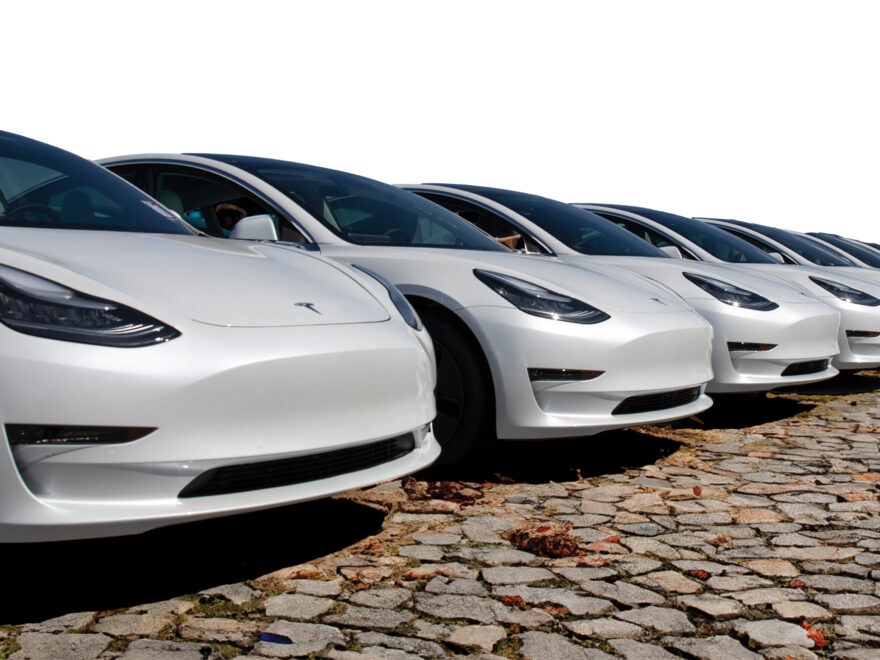Peter Morfee is the principal technical advisor for Energy Safety. His extensive experience in electrical regulation has overseen major legislative changes as New Zealand moved from a prescriptive to a risk based regulatory system.
These changes were necessary to allow New Zealand to join the expanding global marketplace and to provide regulatory mechanisms to safely utilise new and emergent technologies.
Mr Morfee’s views on where electricity regulatory practices are heading and how emerging risks may be addressed paint a picture for the future:
Proficient practitioner skills will be a premium as new technologies are phased in offsetting the use of our more established liquid, gas and solid fuel energy sources.
While it might not become the reality (we’re still waiting for the flying cars which were so prevalent in science fiction media decades ago), imagine with me this possible future:
You drive your electric vehicle (EV) to the supermarket to buy groceries for the week. One of the specials includes reduced-price electricity you can take back home and use to cook your food.
While we tend to think of the EV as a mode of transportation, we should also consider it as a mobile battery storage device that is capable of supplying electricity. It could be possible to charge the batteries at optimal times in different locations then transport and supply electricity to a location where it is best utilised.
The supermarket car park you drove to in this future is under an overhead cover formed by arrays of photovoltaic (PV) panels. These panels generate and supply electricity for the building and charge the customers EV batteries while they are shopping.
When you return home, you simply “plug in” the EV flexible cord to your house power inlet. The stored energy (from your “home battery on wheels”) is reversed and supplies electricity to the main switchboard which is then used to provide energy for cooking, lighting and heating the household.
Some of these elements may not even be that far off with reported trials of this emerging technology which has the potential to provide stored energy resilience to New Zealand’s power network and assist to buffer peak demand.
The weekend promises to be busy with a family BBQ. Your future BBQ might use a hydrogen flame. This hydrogen is produced using excess electricity generated from the small wind generator on the roof. The hydrogen can be stored, used to heat the house during winter or converted back to electricity using a fuel cell.
Some of the things we’re thinking about are – if we take next generation motor vehicles, we know these will require far less maintenance and have autonomous safety features making them safer.
Future vehicles utilising hydrogen and battery powered electrical energy will have effective pollution reduced to zero.
EV also has the advantage that it can be used to store, supply, and move electricity around to where it can be optimally utilised.
Applying regulations and standards
If you are installing or working on some piece of fancy, unfamiliar electrical equipment, for which no standard is cited, ensure you apply the (Safety Fundamental Principles) contained in Part 1 of the Australian / New Zealand Wiring Rules and always look for guidance and recently issued Standards for advice.
Using the provisions of an updated Standard where an earlier version of that standard is currently cited in the Electrical (Safety) Regulations 2010 may be considered as reasonably practicable steps to improve or enhance the safety of any completed work provided that compliance with the cited Standard is still achieved. Reference to the updated Standard should be included on any certification together with the cited Standard.
Energy Safety has published guidance on EV charging stations which is available on the WorkSafe Energy Safety website.

